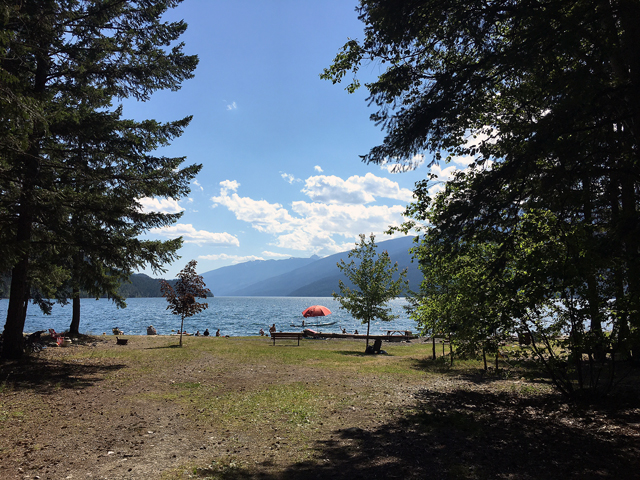Summer fun comes with caution
Combine beautiful weather, vacation time and our great outdoors and you’ve got the ingredients for a lot of people having fun on and around the water. Add this year’s fast-flowing, high water levels, poor judgement, lack of preparation and alcohol and you’ve got the recipe for a tragedy.
“It can happen so quickly,” says Dale Miller, Executive Director for the Lifesaving Society. “One minute you’re having the time of your life, the next you’re struggling for your life.”
And although the scenarios and locations change each year, trends seen over the past 5 years include:
- Who – 79% of drowning victims are male, 35% are between 18 and 34 years of age
- Where – 35% lakes, 31% rivers & streams, 16% ocean water, 7% bathtubs, 4% private pools
- Why – Most never intended to enter the water and were not wearing a lifejacket or PFD
- When – Most common in summer months and in the late afternoon (fatigue, alcohol?)
- How – 34% fell into the water unexpectedly, 25% were boating, 18% were swimming, 16% were in vehicles, , 4% cliff diving, 13% other causes including scuba diving/snorkeling, trying to rescue a pet, etc.
Virtually all of the drownings seen in BC each year are preventable. To keep yourself and loved ones safe this summer, the Lifesaving Society recommends:
- Wear an approved lifejacket or personal flotation device (PFD) when boating or around the water
- Always closely supervise young children near water – if you’re not within arm’s reach, you’ve gone too far
- Restrict access to backyard pools and ponds – fence them off on all four sides and use a self-closing gate and latch
- Protect your neck: go feet first, first time – never dive into shallow water and carefully assess the water for hazards before entering
- Learn to swim and learn lifesaving skills – contact your local pool
The Lifesaving Society is Canada’s water rescue experts and has been teaching lifesaving in Canada since 1896.
In summary:
The water-related fatality rate in British Columbia decreased in 2014. Consistent with previous years, the highest drowning rates were found among men, young adults, and middle-aged adults.
Drowning deaths were most likely to occur during the summer, on weekends, and in natural bodies of water such as lakes, rivers, and the ocean.
The highest proportion of incidents occurred during a recreational activity; the most common of these were swimming, fishing, and powerboating.
Despite the recent decrease in the drowning rate, 377 people lost their lives in preventable water-related fatalities in British Columbia from 2010-2014. This reinforces the need for continued strong drowning prevention efforts.

























Comments